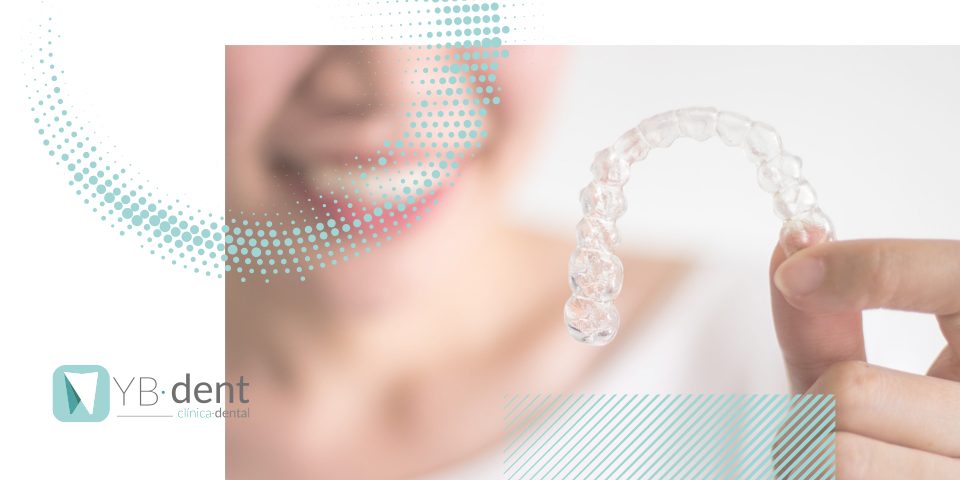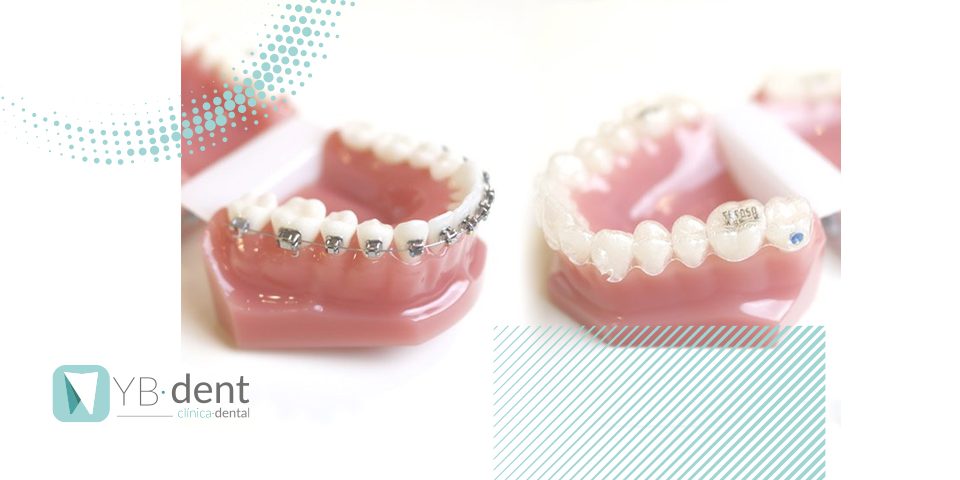Con tu ortodoncia, blanqueamiento dental de regalo
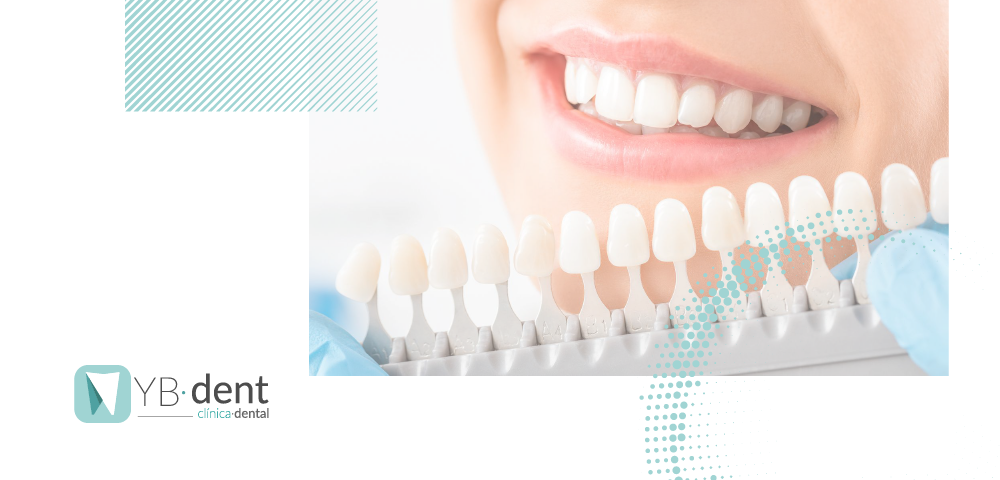
Con tu ortodoncia convencional, en YB-dent te regalamos un blanqueamiento dental. Así es, hasta el día 31 de diciembre de 2020 podrás obtener un blanqueamiento dental de regalo con tu ortodoncia convencional para que consigas la sonrisa perfecta que siempre has querido.
Brackets metálicos o estéticos para que puedas lucir una bonita sonrisa. Estos han sido durante muchos años el sistema más utilizado y por ello son los más conocido. La ortodoncia que necesitas y de regalo un blanqueamiento dental. Luce una sonrisa bonita gracias a YB-dent.
Ortodoncia y Tipos de Brackets
Es muy común que el cliente no sepa qué tipos de brackets existen cuando tiene la necesidad de realizarse una ortodoncia. Antes que nada se debe explicar que no existe mejor o peor ortodoncia, todos realizan un correcto tratamiento y son muy resistentes. Lo ideal es que sea el cliente el que elija el tipo de bracket que quiera en función de sus necesidades o simplemente por estética.
La función de los brackets estéticos y metálicos es la de soporte para que los dientes alcancen su posición ideal.
Brackets metálicos
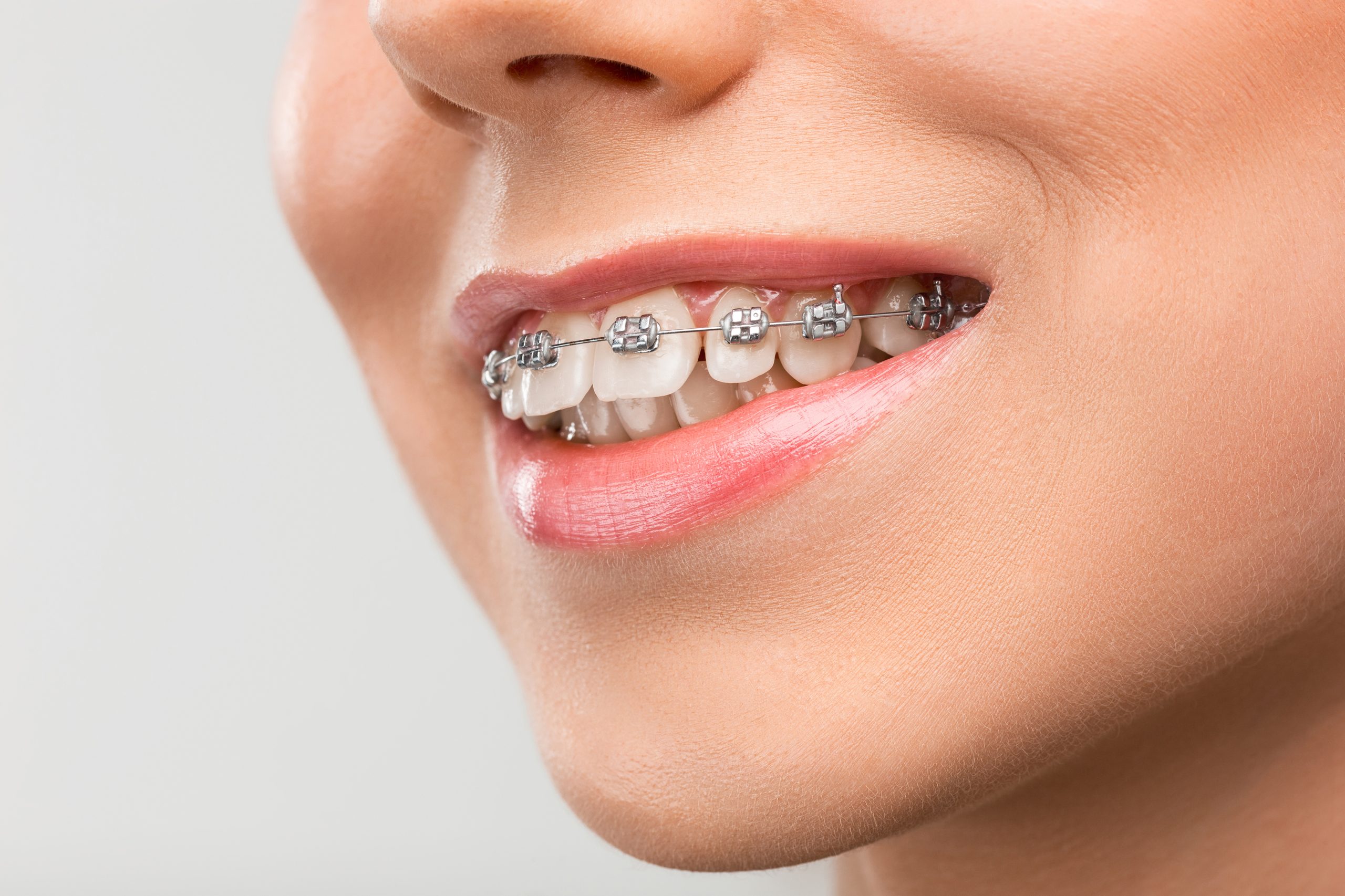
Este sistema de ortodoncia es el más conocido y sus materiales son de gran resistencia y durabilidad. Tiene la gran ventaja que son más económicos que los demás y por ello muchos clientes se suelen decantar por los brackets metálicos. A nivel estético suelen ser demasiado llamativos y por ello muchos niños o jóvenes suelen ponerles ligas de colores para mejorar la estética de los brackets metálicos.
Esta ortodoncia es la más utilizada por los clientes ya que es bastante económica y cuenta con unos materiales de gran resistencia. Estos ofrecen seguridad y durabilidad para ofrecer una mayor tranquilidad al cliente.
Brackets de zafiro
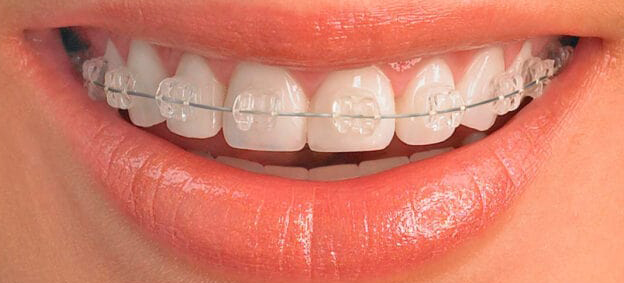
Una de las principales ventajas es la estética y la calidad de estos. Su aspecto visual menos llamativo que los brackets metálicos hace que la gente elija este tipo de ortodoncia. Es por ello que muchos lo conocen como los brackets invisibles. Cabe destacar que todos están hechos con materiales de gran calidad para ofrecer mayor durabilidad y tranquilidad al cliente.
Una de las desventajas que encontramos en este tipo de ortodoncia es que los brackets de zafiro cuentan con un precio más elevado que otras alternativas. Muchos clientes prefieren estos brackets al ser más discretos que los brackets metálicos. También depende de las necesidades de cada cliente y de cuánto tiempo deban llevarlos.
Lo más importante es explicar al cliente los distintos tipos de ortodoncia que existe y que elija el en función de sus necesidades o preferencias ya que todos cumplen con su objetivo.
Brackets cerámicos
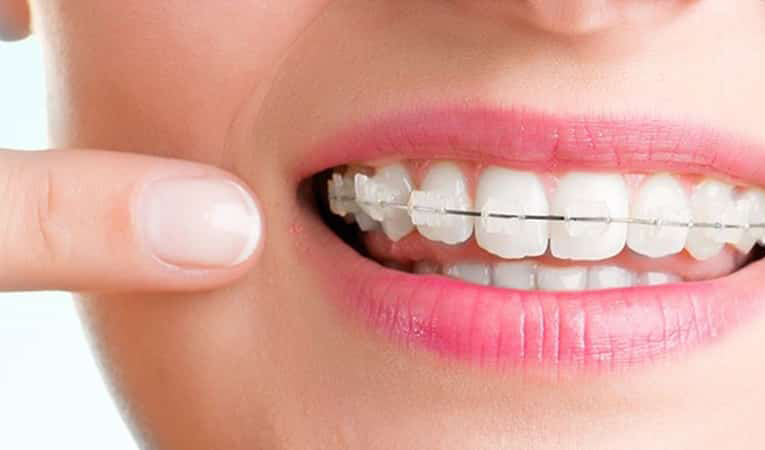
Debido a los materiales con los que están hechos, estos brackets ofrecen una mayor durabilidad y seguridad. Otra de las ventajas que ofrecen los brackets cerámicos es que estéticamente son bastante discretos y estéticos por lo que muchos clientes suelen preferir este tipo de ortodoncia.
Los brackets cerámicos cuentan con un precio superior al de los brackets metálicos pero cabe destacar que sigue siendo un precio asequible en comparación con otro tipo de ortodoncia. Se trata de una alternativa bastante demandada debido a la calidad de sus materiales y a su precio.
Brackets de resina, de policarbonato y de plástico
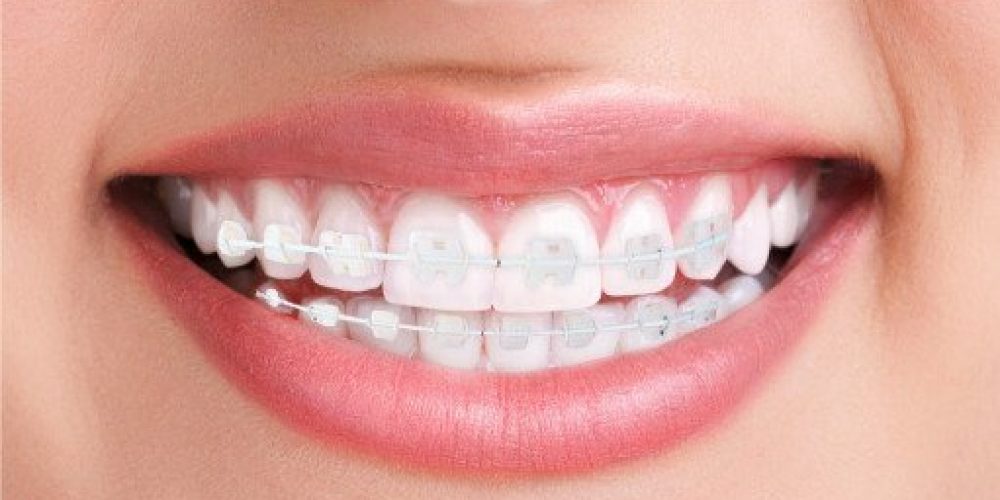
Estos cuentan con la desventaja del material con los que están hechos ya que no ofrecen la misma durabilidad que aquellos que están hechos de metal o zafiro. Se trata de una ortodoncia que ofrece una buena estética ya que son menos visibles que otras alternativas.
Si el cliente necesita una ortodoncia que le dure muchos años, esta no sería una buena opción. En cambio estos brackets son mucho más económicos y esto hace que algunos se decanten por esta opción.
Ortodoncia en Clínica dental Valencia
La ortodoncia que necesitas donde podrás elegir entre los distintos tipos de brackets. Con tu ortodoncia en Clinica Dental YB-dent te regalamos un blanqueamiento dental. Consigue la sonrisa perfecta que siempre has querido.
Hasta el 31 de diciembre de 2020 podrás llevarte de regalo un blanqueamiento dental con tu ortodoncia convencional. ¡Recuerda! La primera visita es gratuita.
Pide tu cita llamando al 961 672 098 / 696 556 977

